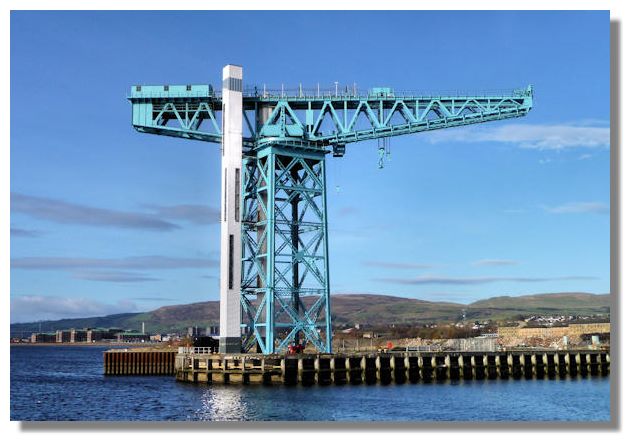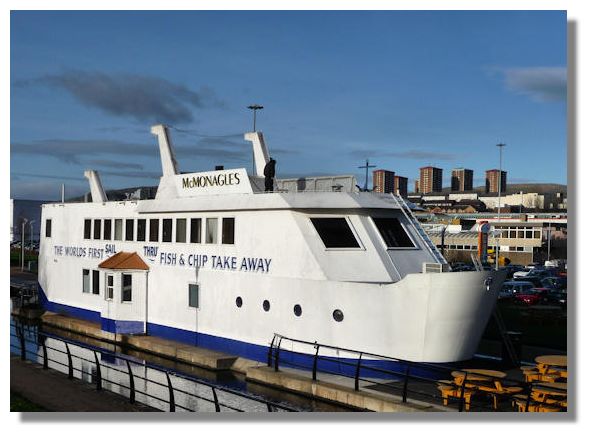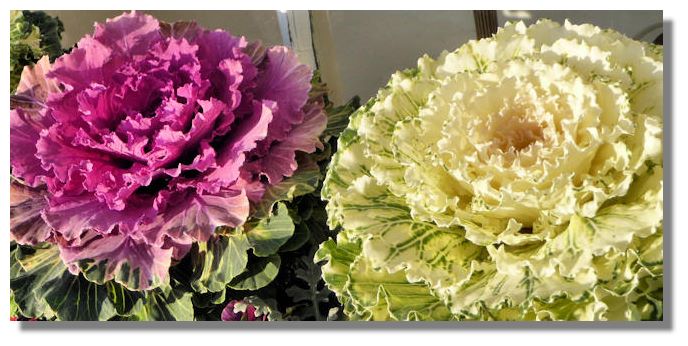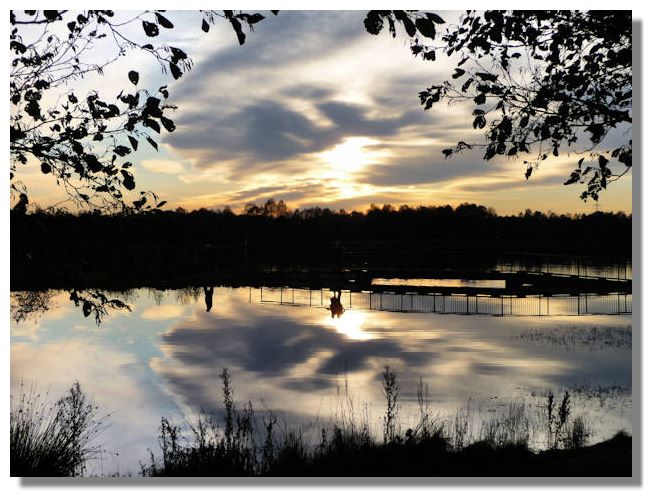The Rampant Scotland Newsletter includes a number of photographs which illustrate the weather and the seasons, plus the flora and fauna of the current week around Scotland. This separate "colour supplement" displays some more pictures, in a larger format. Here is this week's crop of Scottish views!
There are few remnants of what was once the major, thriving shipbuilding industry on the Clyde in Glasgow. Only a few specialist yards now survive and much of the river bank is being redeveloped into housing, museums and shopping malls. The Titan crane at Clydebank is one of the surviving reminders of the great days of shipbuilding when the river produced a substantial percentage of the world's shipping. The cantilever crane is a 150 feet (46 metres) high and was built in 1907 to aid the construction of battleships and ocean liners at the John Brown & Company shipyard, then the biggest shipbuilding group in the world. In 1988 the crane was recognised as a Category A Listed historical structure by Historic Scotland In 2005, the urban regeneration company Clydebank Re-Built started a £3 million restoration project and the crane opened to the public as a visitor attraction in time for its 100th birthday in 2007. Visitors can travel to the top of the crane in a new new stair and lift shafts clad in a aluminium. The viewing platform is floored with an open mesh grating allowing visitors to walk along the jib, 150ft above the River Clyde. With the Titan crane at Govan scheduled for demolition, four of these giant cantilever cranes remain on the River Clyde. The others are at Stobcross (the Finnieston Crane), Scotsoun and Greenock.
It is perhaps appropriate that this "boat" should be moored in the Forth and Clyde Canal at the Clydebank shopping centre. Despite being called the "Debra Rose" and its claim to be the "world's first sail-through fish and chip (French fries) take-away", McMonagles Fish Restaurant isn't actually afloat! But it can justify its claim of a world's first as it has a take-away window overlooking the canal and passing boats can order a "fish supper" just as in a drive-through fast food outlet. Not that there are that many boats sailing along the canal, despite a major investment in renovating and re-opening the waterway, which runs from the river Clyde in the west to the river Forth in the east of Scotland.

With the huge explosion in the population of Glasgow (and other towns and cities in Scotland), there was a need dwelling houses in which they could live. Multi-storey apartment blocks were often the best way of providing such accommodation. In Scotland, they were usually called "tenements" - from the Latin tenere to hold and the laws which governed the relationship between the tenant who paid rent and the landlord who owned the property. Many of the tenement properties (such as those in the east end of Glasgow and the Gorbals area) became slums due to overcrowding and poor maintenance and have been demolished. In the West End of Glasgow, however, most of the red sandstone properties have survived. After modernisation and stone cleaning (to remove the accumulate grime from industry and from domestic coal fires), they are much sought after. This photo shows part of a typical tenement block close to Byres Road in the West End.
Grown for its colourful, showy leaves, ornamental cabbage has been specially cultivated to produce these tight, well rounded-heads and ruffly foliage. Colours range from white to red, with tones of pink, purple, and green and can even be striped with rich streaks of colour. One benefit of growing a colourful plant like this is that seeds are planted in July and August and it comes into its own in the late autumn and winter, when there are few other splashes of colour in the garden. Ornamental cabbage is theoretically edible, but it can get extremely bitter and the leaves tend to turn a dull grey when they are cooked!
The contrasts between light and shade often produce attractive photographs towards sunset, as here on a still day at Lochend Loch in Drumpellier Country Park, North Lanarkshire.If you want to look back at earlier editions of this Colour Supplement, there is an Index Page







